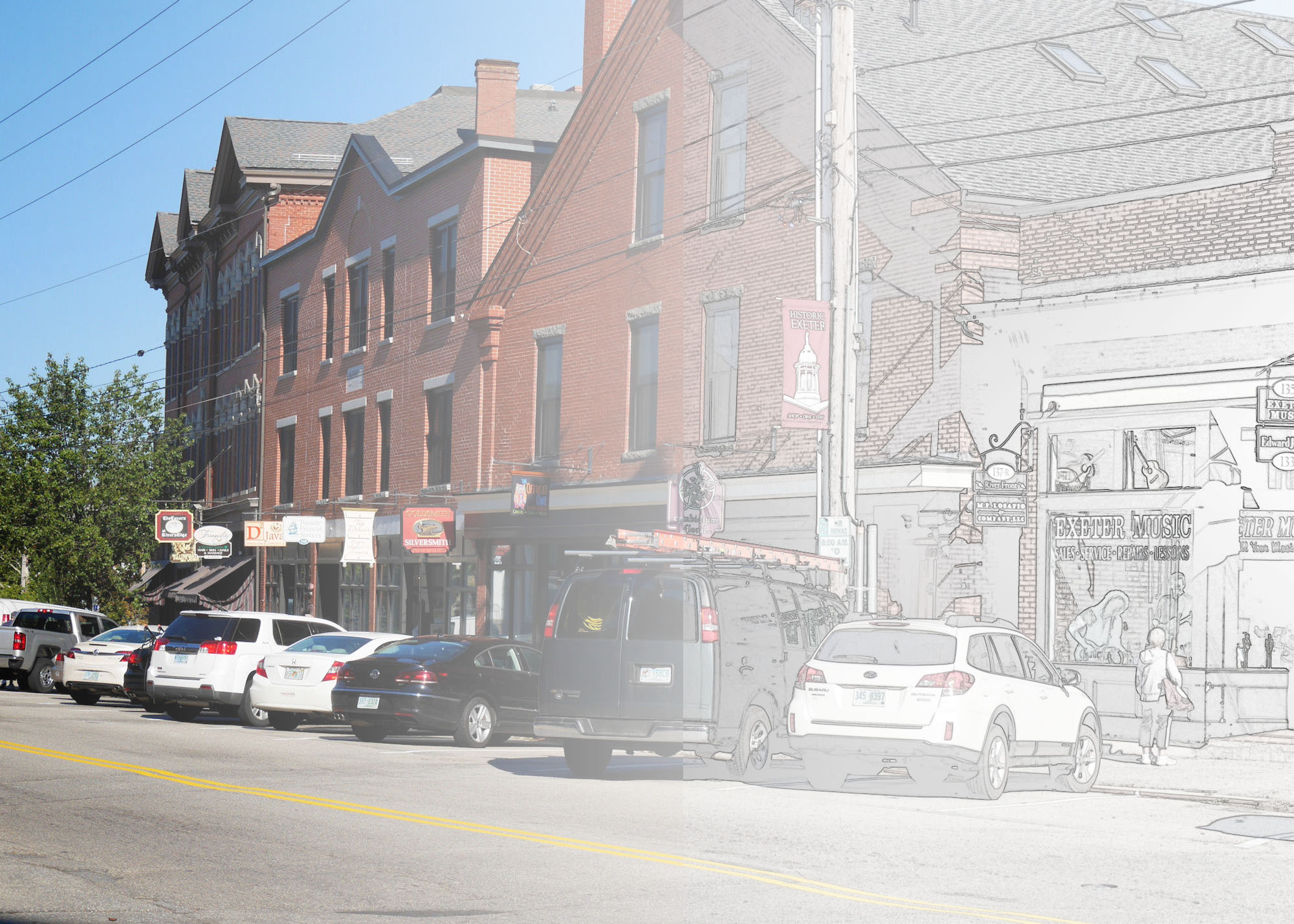Maps and Data
About GIS
Since the early 1990s, RPC has maintained a Geographic Information System (GIS). A GIS is comprised of digital map layers and associated databases, software, computers, printers, and staff. Throughout the years, RPC has amassed over 1.5TB of data and thousands of maps including aerial imagery spanning 60 years, zoning data for the region's communities, and maps made for communities for various projects.
GIS is a tool that can be simple or very complex depending on the user's purpose. Tools like Google Maps and the GRANIT Coastal Viewer are designed specifically to allow users quick cursory access to GIS data. Whereas, to run a

full GIS can require high-end sophisticated servers, client computers, and years of experience. For a deeper explanation of GIS please read this resource: http://www.esri.com/what-is-gis
GIS is not a substitute for surveyors or surveys and there is always a risk that showing different data layers that were made for different purposes can lead to a perception that the data shows one thing, when in fact it could be an error inherent in the data that misleads the user. GIS should always be understood to be a tool to help guide decisions, not a final decision in and of itself.
GIS at RPC is used in contract work for state agencies, municipalities, and other entities. It is also used to provide map and data assistance to staff planners and in providing local technical assistance to member community governments. Public officials and municipal employees are encouraged to utilize RPC GIS data and staff capabilities to assist with their municipal or other public duties.
RPC offers a range of GIS services to member communities and other entities on a contract basis, including data collection, data analysis, and map production. For more information, please email gis@therpc.org.

